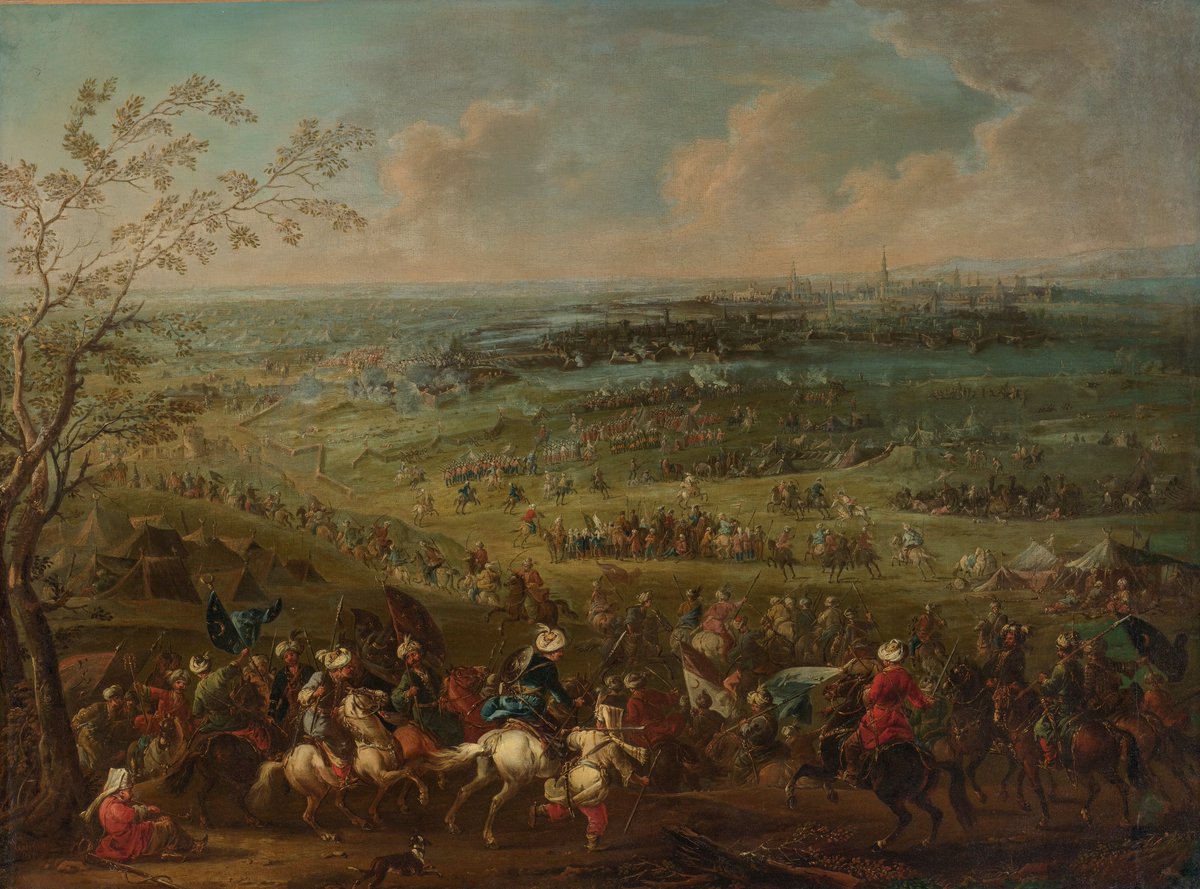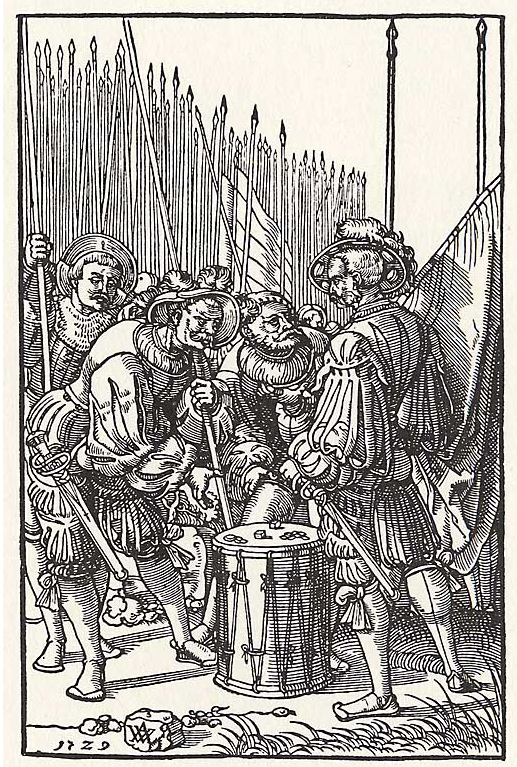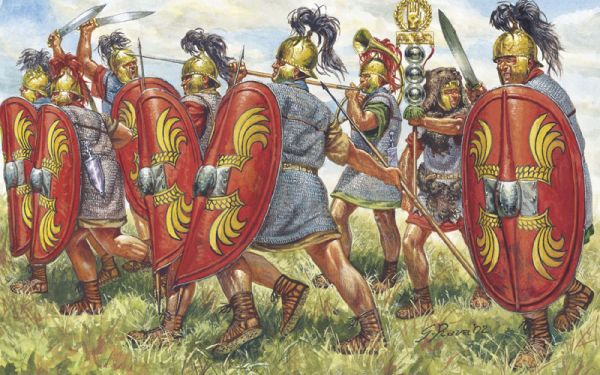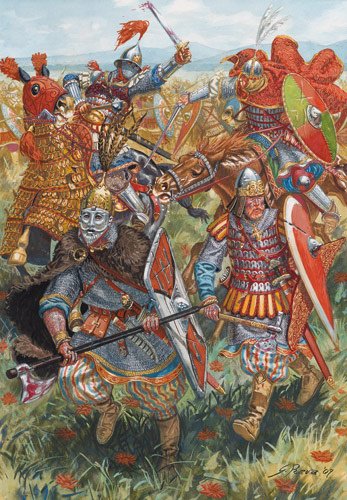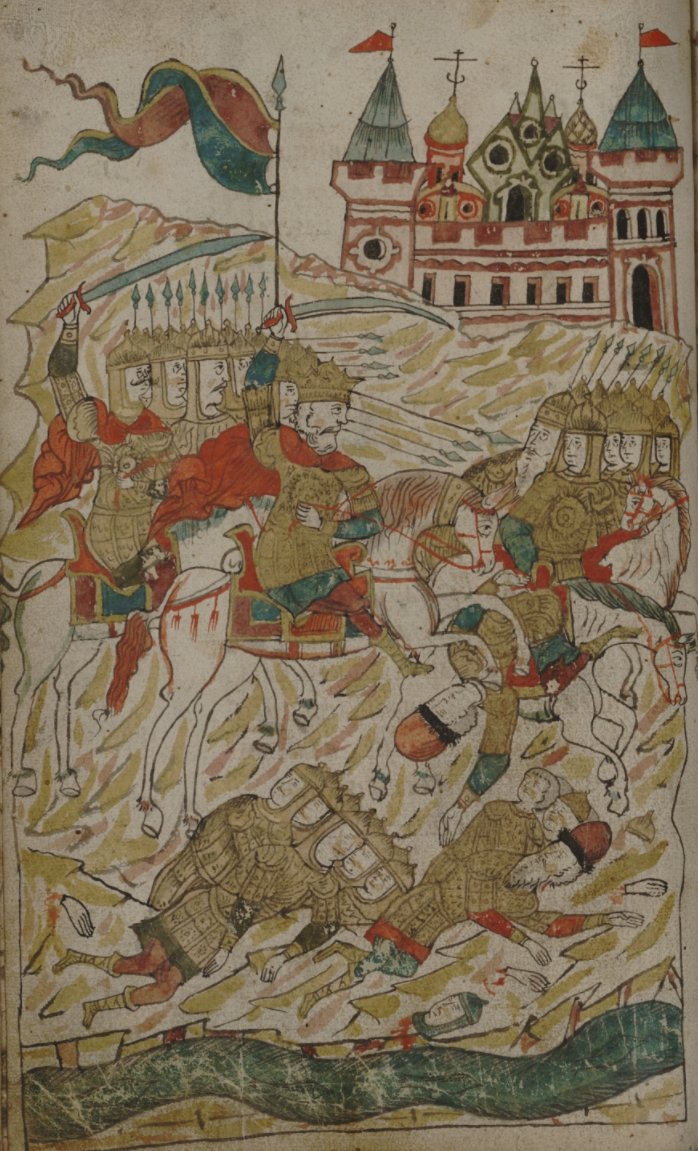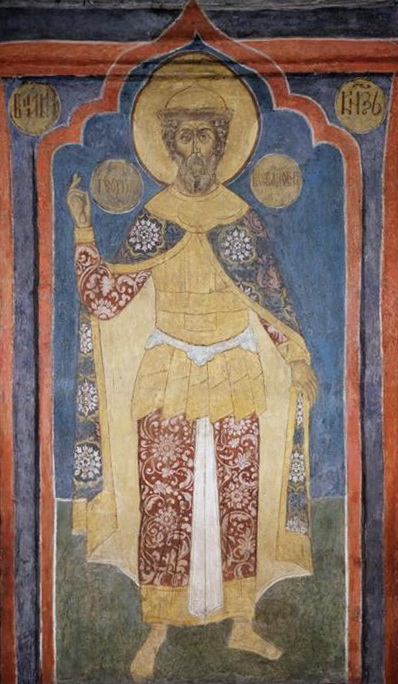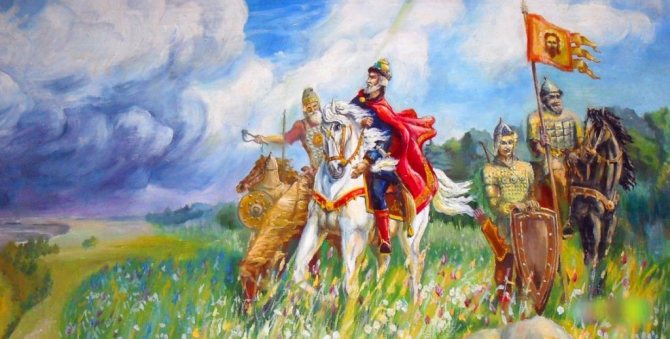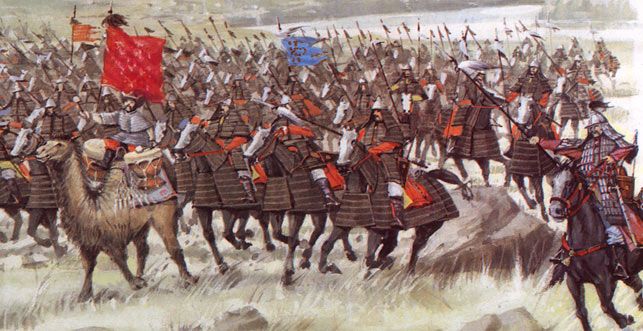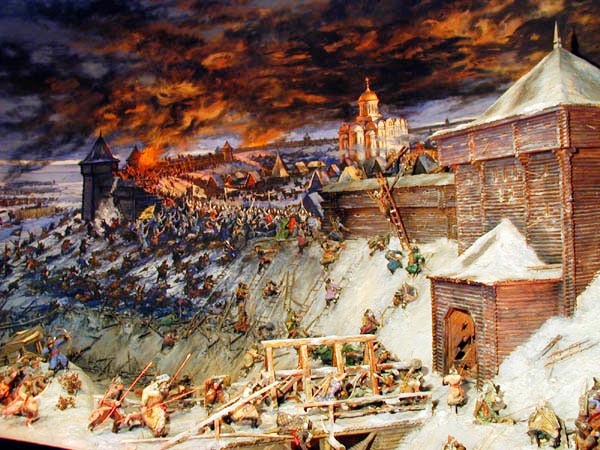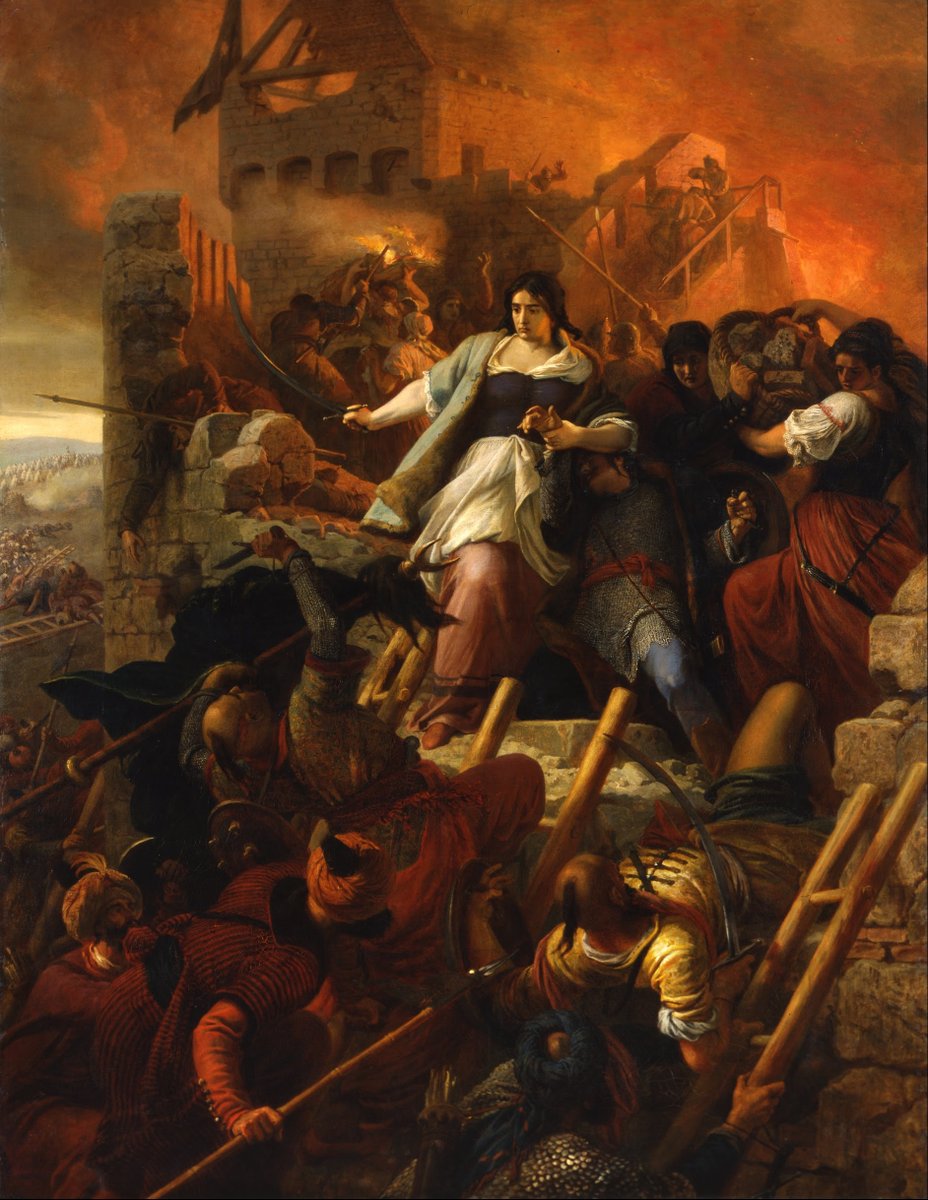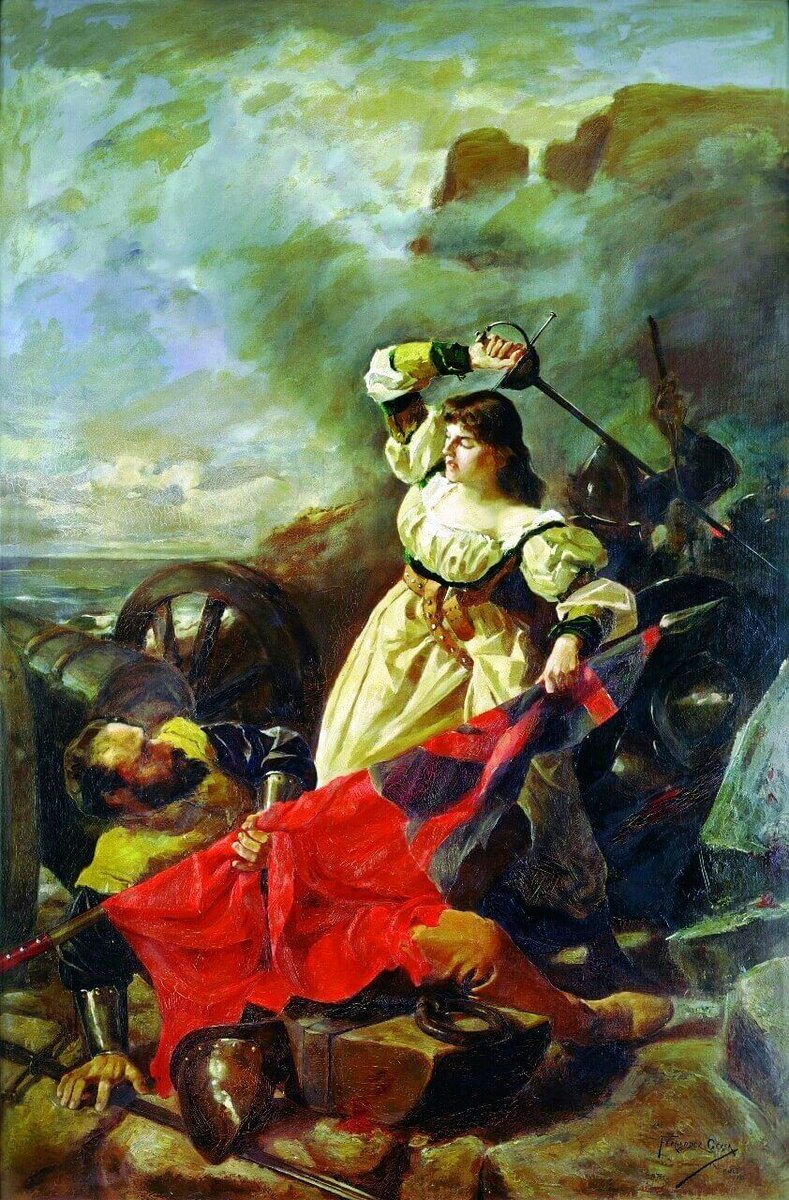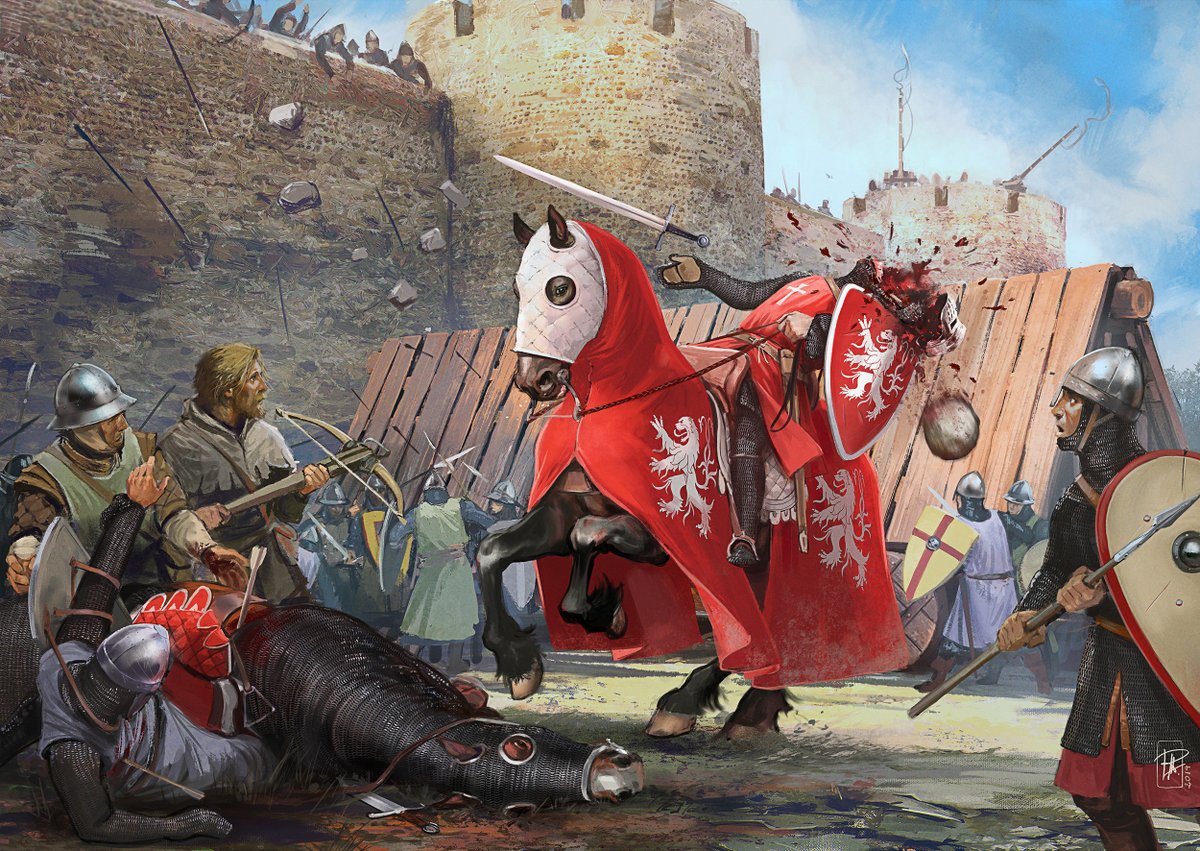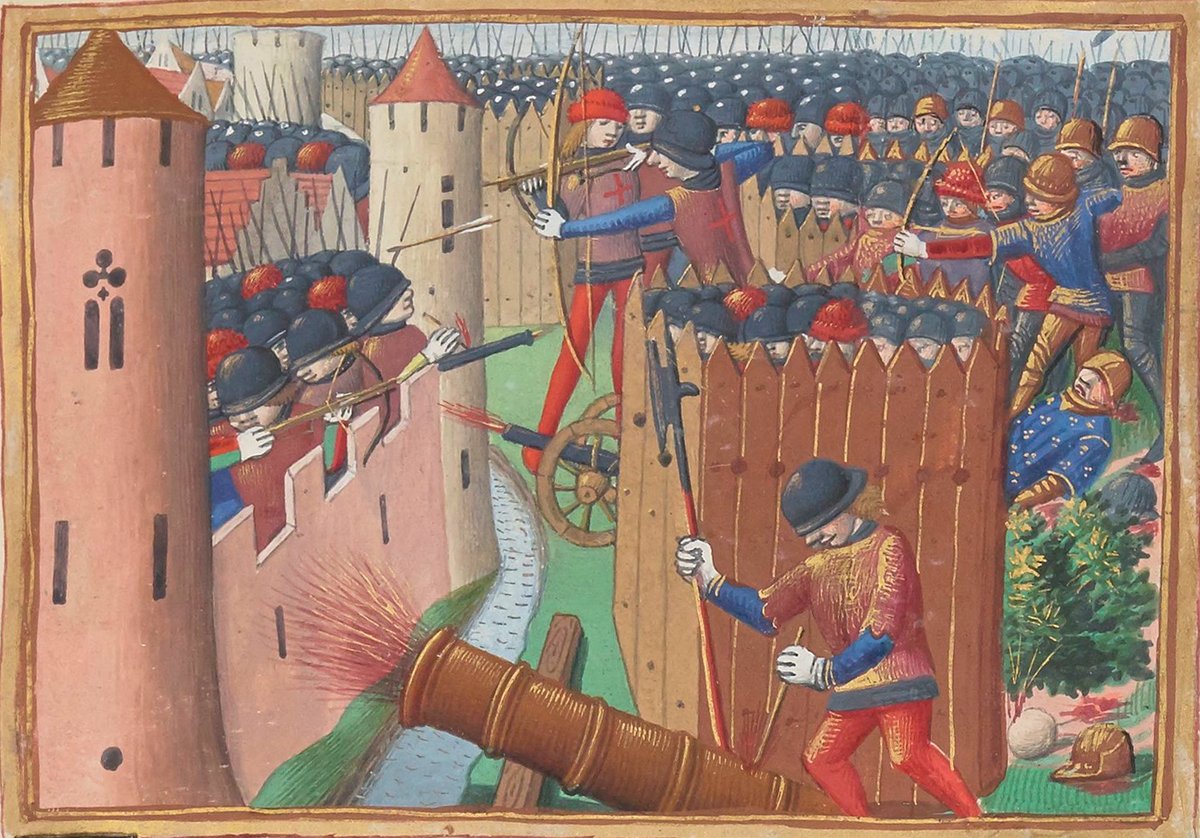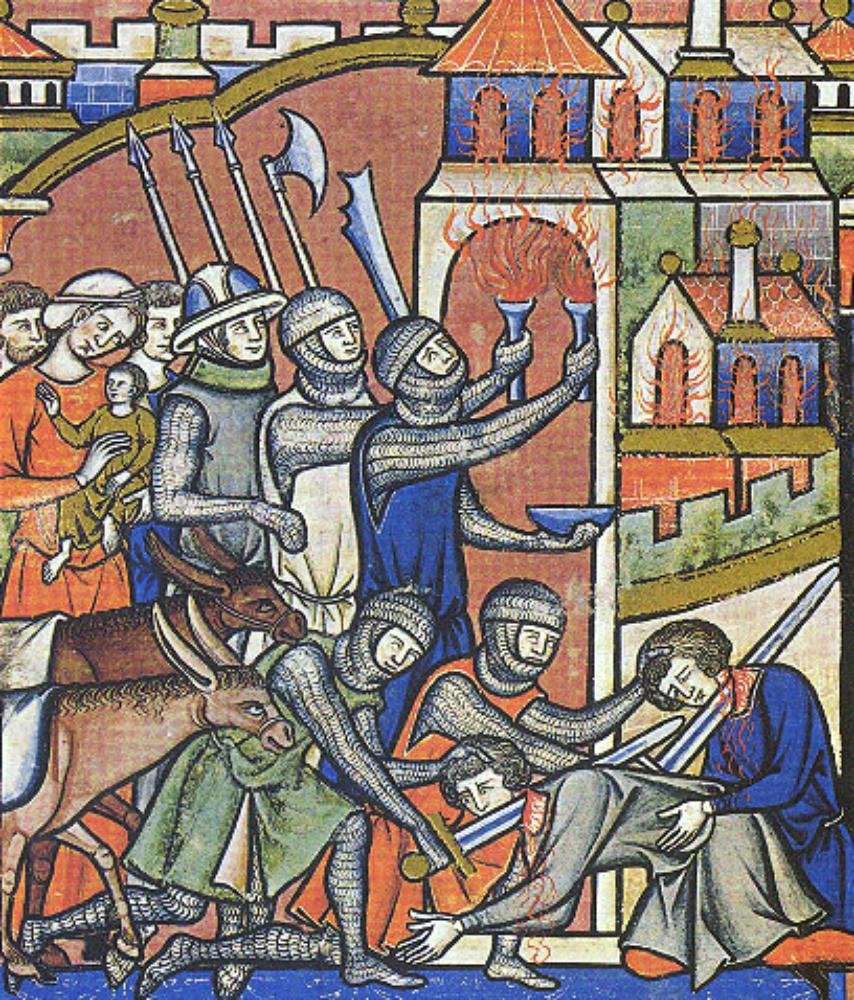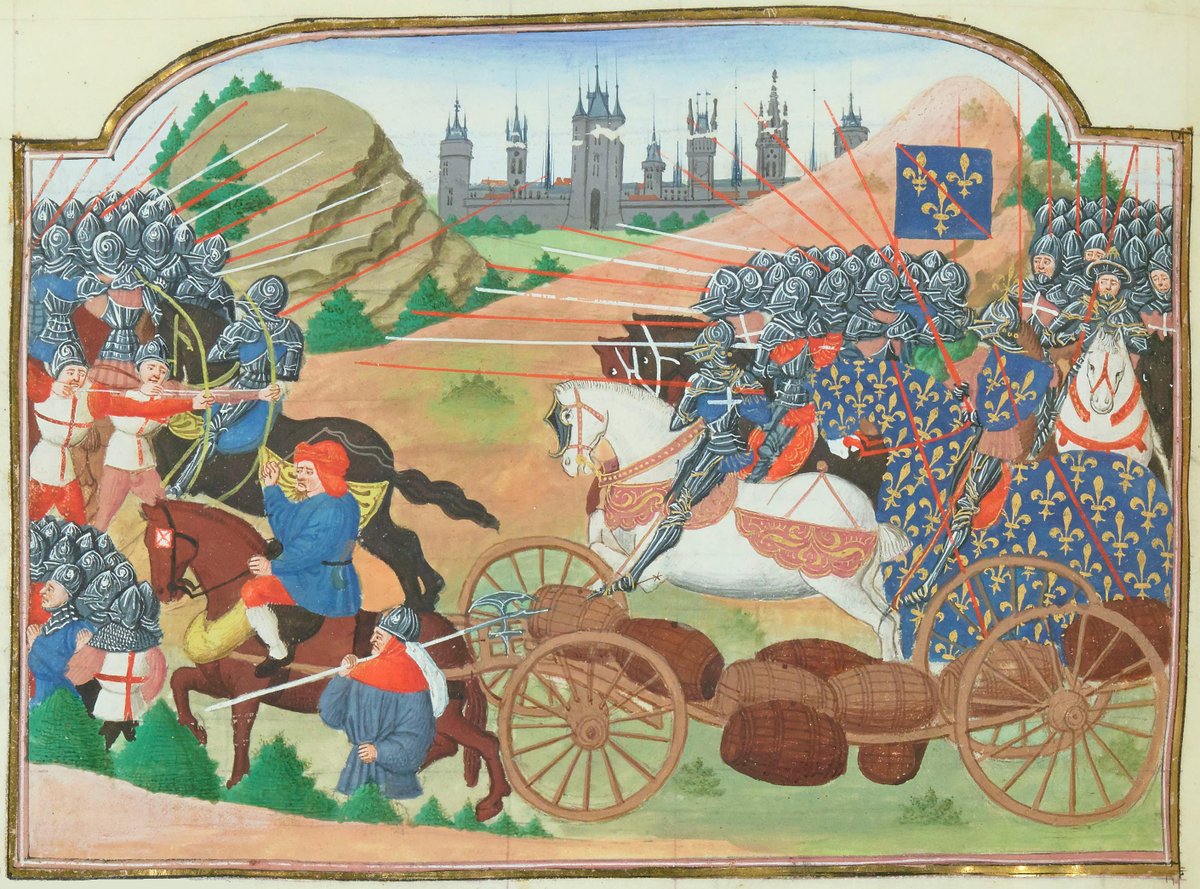
Many medieval mercenaries were fiercely proud of their warrior skills and prowess, and would in some cases fight to the last man even in defeat. One of such were the elite Swabian mercenaries who fought for the Pope against Normans at Civitate in 1053. All 700 of them died! 
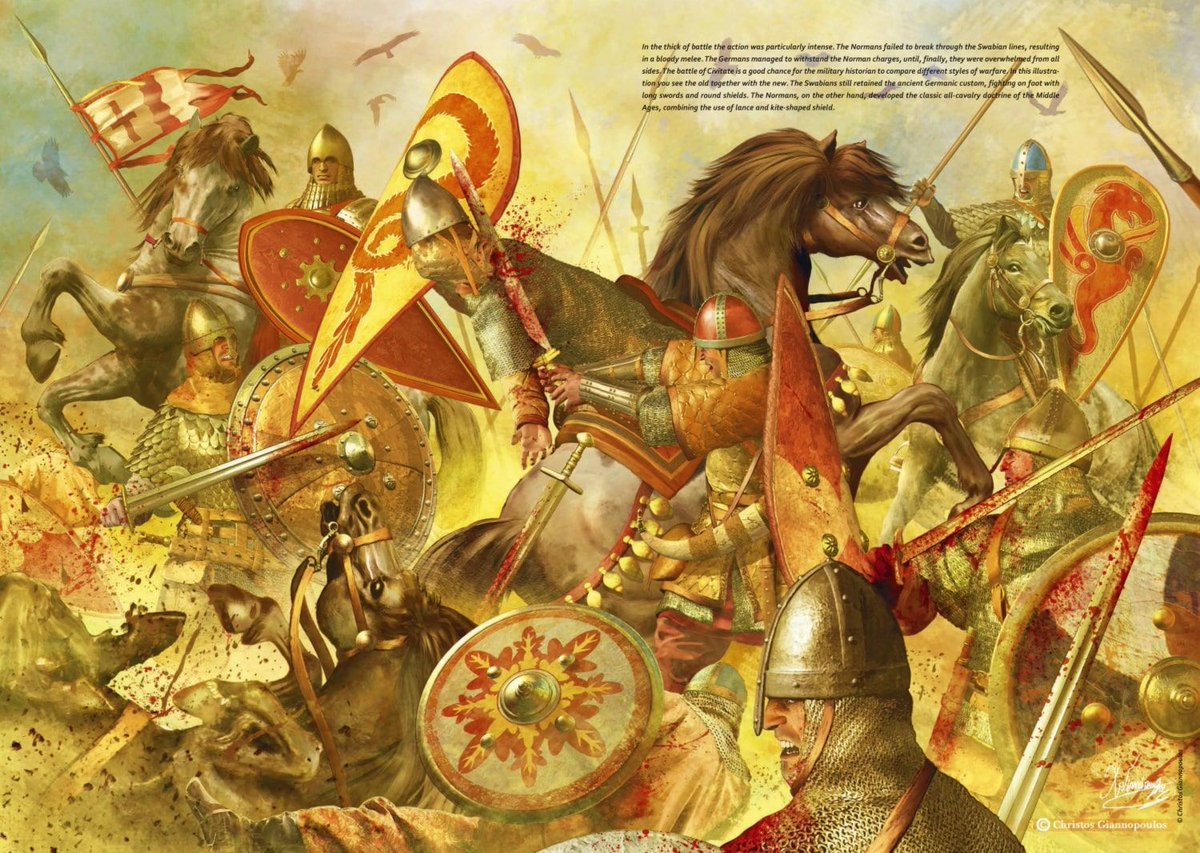
How did the Pope hire them? Pope Leo IX traveled over the Alps to look for help from Holy Roman Emperor Henry III who did not give him any, but the papal chancellor Gerard, Duke of Lorraine, managed to gather a force of 700 local Swabian mercenaries armed with long swords! 



Norman chornicler William of Apulia writes about this curious group of German mercenaries who arrived to fight the Normans. He described them as infantrymen who were not well versed with cavalry, but excelled with swords! He saw them as dangerous enemies on the battlefield! 

He writes, "There were proud people of great courage, but not versed in horsemanship, who fought rather with the sword than with the lance. Since they could not control the movements of their horses with their hands they were unable to inflict serious injuries with the lance"! 

However William of Apulia noted their skills with swords. "They excelled with the sword. These swords were very long and keen, and they were often capable of cutting someone vertically in two! They preferred to dismount and take guard on foot" 

William of Apulia was aware of their reputation and noted that despite their lack of cavalry skills these were dangerous foes! "They chose rather to die than to turn tail. Such was their bravery that they were far more formidable like this than when riding on horseback"! 

Before the battle the Swabian mercenaries even taunted the Normans! "The Germans, notable for their long hair, good looks and height, mocked the Normans, who seemed small [to them], and disdained [...] people whom they considered their inferiors both in numbers and strength." 
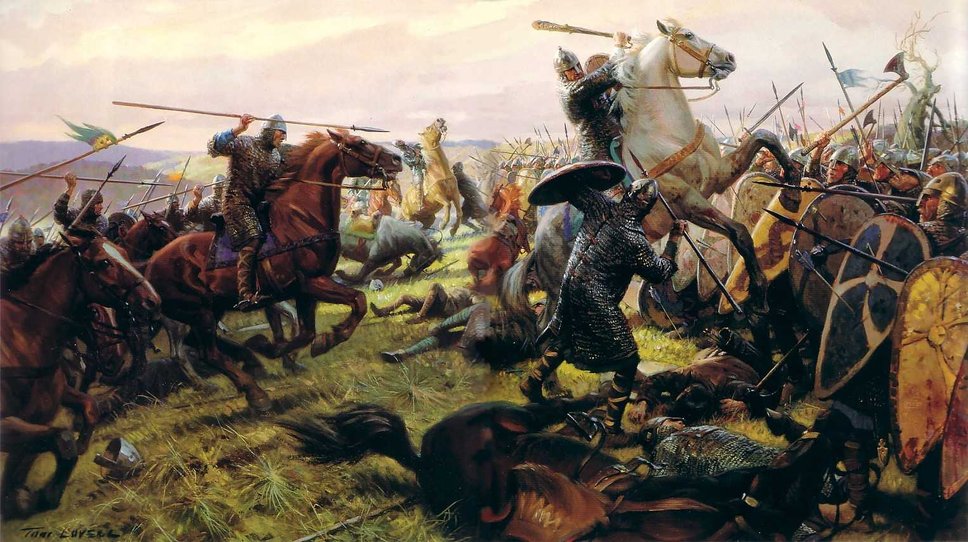
The fighting with the Normans was very brutal and gruesome, as the Normans relied on their formidable cavalry that seemed invincible at the time while the Swabians put up a great fight on foot, killing many Normans and even cutting some enemies in half with their swords! 

But the battle went bad for the Papal army as the local Italian troops he brought broke and fled, leaving the Swabian mercenaries surrounded. Attacked from all sides they fought to death rather than surrendering. "Of all these men not one survived," William of Apulia notes. 

It seems that the Swabians were a fine race of mercenaries! Centuries later Swabia would also be famous for Landsknecht mercenaries as a large number of them came from these Swabian lands which provided quality mercenaries for entire renaissance Europe! 

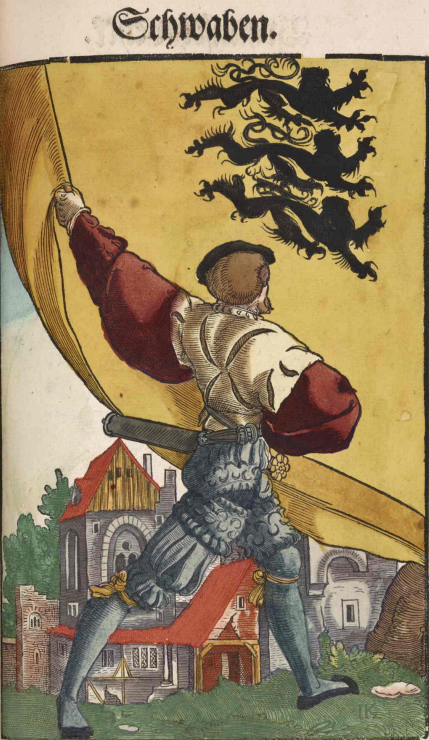
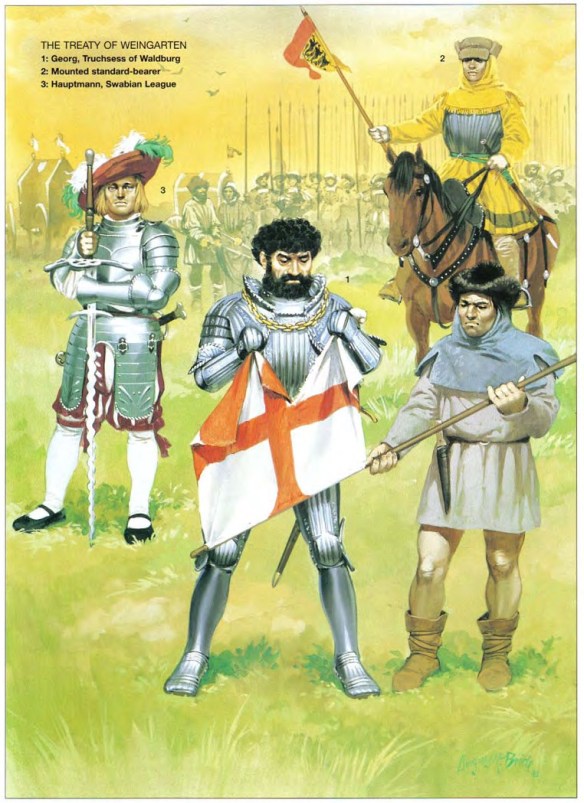
• • •
Missing some Tweet in this thread? You can try to
force a refresh





